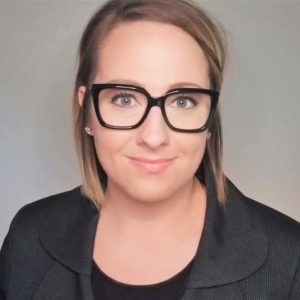Is 2019 the Year You Actually MANAGE Your Profit?
Perhaps you’ve heard the news that Williams Group FastTrack clients have seen steady revenue growth in 2018 thanks to the program, but what really has me excited as we roll into the new year is the profit growth!
Remember, as we grow practice revenue, we want to be growing profit disproportionately. Disproportionately, that is, in favor of HIGHER profit, of course. In other words, as we grow top-line revenue, we want the bottom-line percentageof that revenue to INCREASE, not decrease. It absolutely can do so, but we often see the opposite – high grossing practices with lower overall profit percentages (although total dollars of profit are likely higher). Does it strike you there’s something wrong with that picture?
The reason for this is really quite simple – as practices grow (and grow and grow and grow, because you’re good at what you do and you’re patronized for that), many CEOs (that’s you, Doc) manage revenue and expense relationships byHOPE.…You know,“As my practice grows (and grows and grows and grows), I HOPE there’s more left for me after everyone else is paid…”
Don’t get me wrong… hope is great. I love hope. I tend to live my life as a hopeful person. But management by hope will only get a practice so far. At some point, profit is a product of intelligent design, not just crossed fingers.
If I’ve learned anything in 33 years of consulting, it’s that increasing profit is a decision, before it’s a set of initiatives. We decide that we’re actually going to manage profit (my personal definition of “manage” is “choosing to control an outcome”),then we put together an action plan of initiatives that make it impossible not to do so.So if we’re going to manage our profit, we need first to make a decision, then form a very specific objective (and sub-objectives), then prescribe a set of initiatives that will power it to happen.
In reality, most practice owners have this completely backwards. They expose themselves to a set of initiatives (good ideas at the peer-to-peer meetings, lectures, articles, webinars, etc.), but they didn’t first make some sort of decision. It’s kind of like diets. I end up hearing about the newest diet that worked well for a friend, but I didn’t first make a decision about what I was going to accomplish before learning about the diet (probably any diet would work if I’ve made a decision). So with my actions not powered by a decision, and I don’t stay with it and my attempted diet fails. It’s not that the diet (the initiatives) doesn’t work; but rather, that it didn’t work for me.
Likewise, we may get all kinds of ideas to grow practice profit (or any other practice result), but those ideas weren’t powered by a decision. Did you ever wonder why we don’t implement the stuff we hear at seminars? There you go!(and believe me, it’s not just you…) But hey, at least we had some nice dinners and saw some good friends at the meeting.
How about this, to kick off the new year instead, let’s begin with the end in mind. Let’s make a decision that we’re going to be more profitable. That’s how it’s going to be, period. Then let’s set a very specific objective for practice profitability, and work backwards. Let’s next set the sub-objectives (which we will need both for the revenue and expense sides as well as team productivity and other key metrics). By the way, most staff have no idea what our metric objectives are, so setting these will be a wonderful exercise in which to involve the team. You may not share overall profit objectives with the team, but they should certainly know and be involved in setting our objectives for key production metrics.
When we have these defined, THEN let’s develop and prescribe a set of initiatives that are as foolproof to our outcome as your prescription is for my presbyopia. In fact, it works remarkably similar. As my optometrist, you made a conscious decision regarding the outcome of my vision (to improve it up-close and distant) as your patient, committed to that decision with a very specific objective (20/20 vision), which deliberately drove your actions and ultimately your prescription to get me there. Decision, objective, prescribed initiatives and outcome. Provided I fill the prescription (i.e. – IMPLEMENT the initiatives!), I’ll have my perfect vision. Now then, just practice what you practice!
Learn more about our FastTrack programs.
Tom Bowen
Executive Vice President
Williams Group
Email Tom
Back to All Blogs
 402.488.2020
402.488.2020






